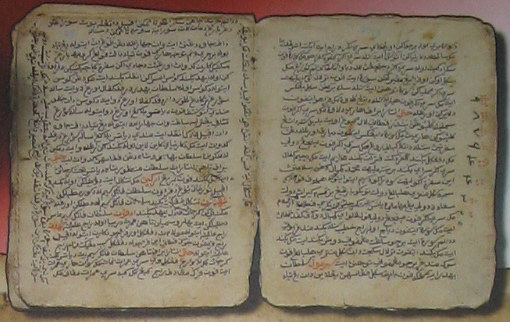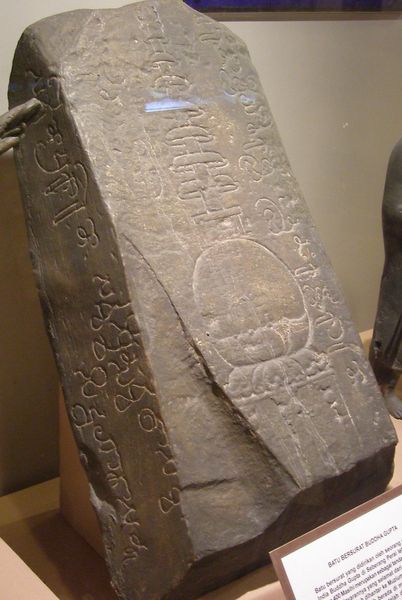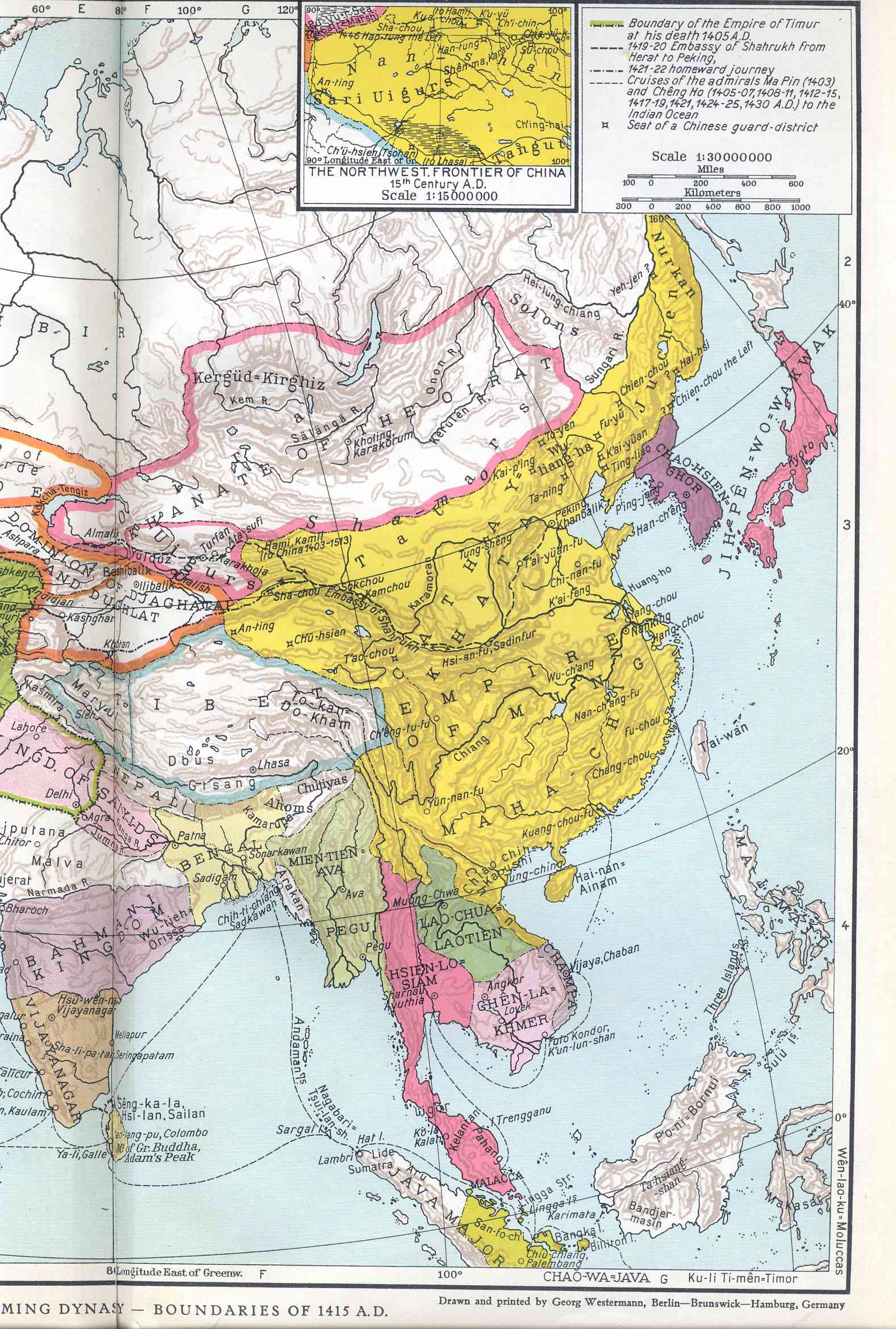|
Kelantan
Kelantan (; Kelantan-Pattani Malay, Kelantanese Malay: ''Klate''; ) is a state in Malaysia. The capital, Kota Bharu, includes the royal seat of Kubang Kerian. The honorific, honorific name of the state is ''Darul Naim'' ("The Blissful Abode"). Kelantan is located in the north-eastern corner of Peninsular Malaysia. Kelantan is an Agriculture, agrarian state with paddy fields, fishing villages and casuarina-lined beaches. Kelantan is home to some of the most ancient archaeological discoveries in Malaysia, including several prehistoric aboriginal settlements. Due to Kelantan's relative isolation and largely rural lifestyle, Kelantanese culture differs somewhat from Malay culture in the rest of the peninsula; this is reflected in the cuisine, arts and the unique Kelantanese Malay language, which is not readily intelligible with standard Malay. Kelantan is bordered by Narathiwat province of Thailand to the north, Terengganu to the south-east, Perak to the west and Pahang to the sou ... [...More Info...] [...Related Items...] OR: [Wikipedia] [Google] [Baidu] |
Kelantan Sultanate
The Sultan of Kelantan (, Jawi script, Jawi: ) is the constitutional head of Kelantan state in Malaysia. The executive power of the state is vested in him as the monarch of the state. The current sultan, Muhammad V of Kelantan, Muhammad V, is the 29th Sultan of Kelantan. He is the Head of Islam in the state and the source of all titles, honours and dignities of its people. He was the 15th Yang di-Pertuan Agong or the monarch and head of state of Malaysia from 13 December 2016 to his abdication on 6 January 2019, after his election on 14 October 2016 at the 243rd (special) Conference of Rulers. History Kelantan was historically a powerful state with trade links with early Chinese, Indian and Siamese civilisations. After being a Tributary state, tributary of the Majapahit Empire, Majapahit and Srivijaya Empires in the 13th and 14th centuries, it fell under the power of Siam and then Malacca Sultanate, Malacca in the 15th century. Following the Portuguese conquest of Malacca in 1511 ... [...More Info...] [...Related Items...] OR: [Wikipedia] [Google] [Baidu] |
Kota Bharu
Kota Bharu ( Kelantanese: ''Koto Baghu''), colloquially referred to as KB, is a town in Malaysia that serves as the state capital and royal seat of Kelantan. It is situated in the northeastern part of Peninsular Malaysia and lies near the mouth of the Kelantan River. The town is home to many religious buildings, various museums, the unique architecture of the old royal palaces (still occupied by the sultan and sultanah and off-limits to visitors but viewable from outside) and former royal buildings (which can be visited). It is served by Keretapi Tanah Melayu's East Coast Line at the nearby Wakaf Bharu Terminal Station, in the town of Wakaf Bharu across the Kelantan River and Sultan Ismail Petra Airport, located in Pengkalan Chepa. Etymology Kota Bharu means "new city" or "new castle/fort" in Malay. Occasionally, the name of the city is written as Kota Baharu. History Kota Bharu was founded during the late 19th century. Before the establishment, Kota Bharu was home ... [...More Info...] [...Related Items...] OR: [Wikipedia] [Google] [Baidu] |
States And Federal Territories Of Malaysia
Malaysia is a federation of thirteen states and three federal territories, which form the primary administrative divisions of the country. Eleven states and two territories are part of Peninsular Malaysia, while two states and one territory make up East Malaysia. Nine of the Peninsular states have monarchies, with the other four having appointed governors. State governments are led by chief ministers, who are appointed by the monarch or governor, provided they have the support of a majority in the state legislative assembly. The federal territories are governed directly by the national government. Malaysia was formed through the union of various territories ruled by the United Kingdom. The federal system was created to maintain the status of the Malay sultans, who were the rulers of British protectorates in the Malay Peninsula. The Federation of Malaya was created in 1948, uniting these protectorates with two directly ruled British colonies. Malaya became independent in ... [...More Info...] [...Related Items...] OR: [Wikipedia] [Google] [Baidu] |
Rattanakosin Kingdom (1782–1932)
The Rattanakosin Kingdom, also known as the Kingdom of Siam after 1855, refers to the Siamese kingdom between 1782 and 1932. It was founded in 1782 with the History of Bangkok#Rattanakosin, establishment of Rattanakosin (Bangkok), which replaced the city of Thonburi Kingdom, Thonburi as the capital of Siam. This article covers the period until the Siamese revolution of 1932. The kingdom governed based on the Mandala (political model), mandala system. This allows for high-autonomy locally with the kingdom influencing and effectively rule its area of suzerainty. At its zenith in 1805-1812, the Kingdom was composed of Administrative divisions of Thailand#Muang Prathetsarat, 25 polities, ranging from duchies and principalities to federations and kingdoms. With the furthest extent reaching Shan States, the Shan States, southern Xishuangbanna Dai Autonomous Prefecture, Yunnan, Laos, Cambodia, northern Si Rat Malai, Malaysia, Sip Song Chau Tai, northwestern Vietnam, and Kawthaung, K ... [...More Info...] [...Related Items...] OR: [Wikipedia] [Google] [Baidu] |
Patani Kingdom
Patani, or the Sultanate of Patani ( Jawi: كسلطانن ڤطاني) was a Malay sultanate in the historical Pattani Region. It covered approximately the area of the modern Thai provinces of Pattani, Yala, Narathiwat and part of the Malaysian state of Kelantan. The 2nd–15th century state of Langkasuka and the 6th–7th century state of Pan Pan may have been related. The golden age of Patani started during the reign of the first of its four successive queens, Raja Hijau (The Green Queen), who came to the throne in 1584 and was followed by Raja Biru (The Blue Queen), Raja Ungu (The Purple Queen) and Raja Kuning (The Yellow Queen). During this period the kingdom's economic and military strength was greatly increased to the point that it was able to fight off four major Siamese invasions. It had declined by the late 17th century and it was invaded by Siam in 1786, which eventually absorbed the state after its last raja was deposed in 1902. Predecessors An early kin ... [...More Info...] [...Related Items...] OR: [Wikipedia] [Google] [Baidu] |
Selamat Sultan
Selamat Sultan () is the state anthem of Kelantan, Malaysia. Its melody was composed in 1927 by Allahyarham Mohamed bin Hamzah Saaid (1895–1971), the Goa-born Bandmaster of the Kelantan Police Band who was ordered to have an instrumental song played for the then-Sultan of Kelantan The Sultan of Kelantan (, Jawi: ) is the constitutional head of Kelantan state in Malaysia. The executive power of the state is vested in him as the monarch of the state. The current sultan, Muhammad V, is the 29th Sultan of Kelantan. He is th ..., Ismail. Subsequently, the words were composed by Mahmood bin Hamzah (1893–1971), who was the State Secretary at that time. Lyrics References Notes External links Kelantan state anthem at national-anthems.org Kelantan Anthems of Malaysia Songs in Malay {{malaysia-stub ... [...More Info...] [...Related Items...] OR: [Wikipedia] [Google] [Baidu] |
Siti Wan Kembang
Che Siti Wan Kembang ( Kelantanese: , Jawi: ) was a legendary queen who reigned over a region on the east coast of Peninsular Malaysia, now located within the Malaysian state of Kelantan. She ruled in 1610–1667. Che Siti was famous for her wisdom and descended from the royalty of Champa, Kelantan and Pattani. She was known as a warrior queen and engaged in battle on horseback with a sword accompanied by an army of female horseriders. It was said that she and her adopted daughter Puteri Saadong possessed mystical powers. Background According to certain historical records, Cik Siti Wan Kembang was born in 1585. Her parents were Raja Ahmad and Cik Banun, both of royal lineage. Raja Ahmad was crowned Ruler of Kelantan in 1584. However, Raja Ahmad died in 1589, when the princess was only 4 years old. Therefore, Raja Hussein of Johor was made Regent of Kelantan. Cik Siti Wan Kembang ascended to the throne of Kelantan in 1610 AD upon the death of Raja Hussein. She was said to hav ... [...More Info...] [...Related Items...] OR: [Wikipedia] [Google] [Baidu] |
Chi Tu
Chi Tu (also spelled Chihtu, Chitu or Ch-ih-t'u; Sanskrit: Raktamaritika or Raktamrittika; ; Malay language: ''Tanah Merah'') was an ancient kingdom mentioned in the history of China. The Sui dynasty annals describe an advanced kingdom called Chi Tu in 607, when Chang Chun was sent as an ambassador there. The location of Chi Tu is disputed; proposals for its location include areas in the states of Kelantan or Pahang in Malaysia, or in Songkhla and Pattani Province of southern Thailand. The best evidence to support the Kelantan theory is that, when the envoys left Chi Tu, they took 10 days to sail to Champa, this indicates the kingdom was located somewhere 'red earth' around the main river of Kelantan. The inscribed Buddhagupta Stone found in Kedah mentioned a Raktamrttika, meaning "red earth land". History The Chi Tu kingdom is believed to have existed from as early as 100 BC to the 6th century AD. The royal family's name was Chu-dan (which means Gautama Buddha) and the kin ... [...More Info...] [...Related Items...] OR: [Wikipedia] [Google] [Baidu] |
Malaysian Chinese
Malaysian Chinese, Chinese Malaysians, or Sino-Malaysians are Malaysians, Malaysian citizens of Chinese people, Chinese ethnicity. They form the second-largest ethnic group in Malaysia, after the Malaysian Malays, Malay majority, and , constituted 23.2% of the country's citizens. In addition, Malaysian Chinese make up the second-largest community of overseas Chinese globally, after Thai Chinese. Within Malaysia, the ethnic Chinese community maintains a significant and substantial presence in the Economy of Malaysia, country's economy. Most Malaysian Chinese are descendants of Southern China, Southern Chinese immigrants who arrived in Malaysia between the early 19th and the mid-20th centuries before the country attained independence from British colonial rule. The majority originate from the provinces of Fujian and Lingnan (including the three modern provinces of Guangdong, Hainan and Guangxi). They belong to diverse linguistic subgroups speaking Chinese such as the Hoklo peop ... [...More Info...] [...Related Items...] OR: [Wikipedia] [Google] [Baidu] |
Malaysia
Malaysia is a country in Southeast Asia. Featuring the Tanjung Piai, southernmost point of continental Eurasia, it is a federation, federal constitutional monarchy consisting of States and federal territories of Malaysia, 13 states and three federal territories, separated by the South China Sea into two regions: Peninsular Malaysia on the Mainland Southeast Asia, Indochinese Peninsula and East Malaysia on the island of Borneo. Peninsular Malaysia shares land and maritime Malaysia–Thailand border, borders with Thailand, as well as maritime borders with Singapore, Vietnam, and Indonesia; East Malaysia shares land borders with Brunei and Indonesia, and a maritime border with the Philippines and Vietnam. Kuala Lumpur is the country's national capital, List of cities and towns in Malaysia by population, largest city, and the seat of the Parliament of Malaysia, legislative branch of the Government of Malaysia, federal government, while Putrajaya is the federal administrative capi ... [...More Info...] [...Related Items...] OR: [Wikipedia] [Google] [Baidu] |
Islam In Malaysia
Islam in Malaysia is represented by the Shafi‘i school of Sunni Islam, Sunni jurisprudence.malaysianbar.org:PRESS STATEMENT: Malaysia a secular State 18 July 2007Wu & Hickling, p. 35. Islam was introduced to Malaysia by traders arriving from Persia, Arabia, China and the Indian subcontinent. It became firmly established in the 15th century. In the Constitution of Malaysia, Islam is granted the status of "religion of the Federation" to symbolize its importance to Malaysian society, while defining Malaysia constitutionally as a secular state. Therefore, other religions can be practiced legally, though Freedom of religion in Malaysia, freedom of religion is still lim ... [...More Info...] [...Related Items...] OR: [Wikipedia] [Google] [Baidu] |




